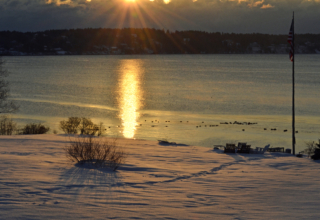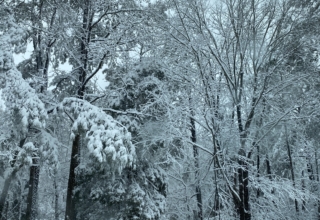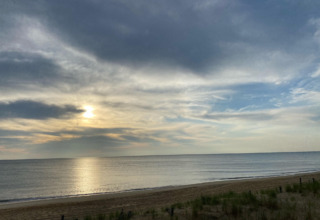
The authors describe the conventional view of aging and offer a compelling alternative:
According to the traditional model of life span development, we ascend the ladder of our careers, reach the zenith of our success and influence in midlife, then give way to an inevitable decline that culminates in a weak, often impoverished old age. This is aging pure and simple, a process of gradually increasing personal diminishment and disengagement from life. As an alternative (we) propose a new model of late-life development called sage-ing, a process that enables older people to become spiritually radiant, physically vital, and socially responsible ‘elders of the tribe’) (Endnote 2).
The Social Role of Elder in Transition
The traditional role of elder has guided human social order for thousands of years, and the authors break this history into three stages. In the first, which runs from prehistory to the Industrial Revolution, elders were at the center of tribal life. They served as political leaders and judges, guardians of traditions, and teachers of the young. As council chiefs, elders settled tribal disputes. As initiators, they guided adolescents through rites of passage that prepared them to assume adult responsibilities and carry on tribal traditions. As visionaries and seers, they served as conduits between “the divine realm and the mundane world,” making the abstract truths of spirituality accessible to the community by embodying them in everyday behavior. Elders also served as sacred ecologists who preserved the world’s beauty and harmony, and as escorts for the soul from the pending approach of death to the afterlife (ancient hospice counselors).
As elders in traditional societies aged and their physical prowess waned, they surrendered their secular reins within the tribe to younger members and turned to cultivating inner spiritual power. Exercising this power for the welfare of their tribe, they became shamans, healers, and priests. Traditional elders also served as bridge-builders between the generations. To usher children through the long period of helplessness, human parents also needed to be nurtured. And in getting parenting themselves, these parents received uniquely important support from older men and women.
Download Article 1K Club

















